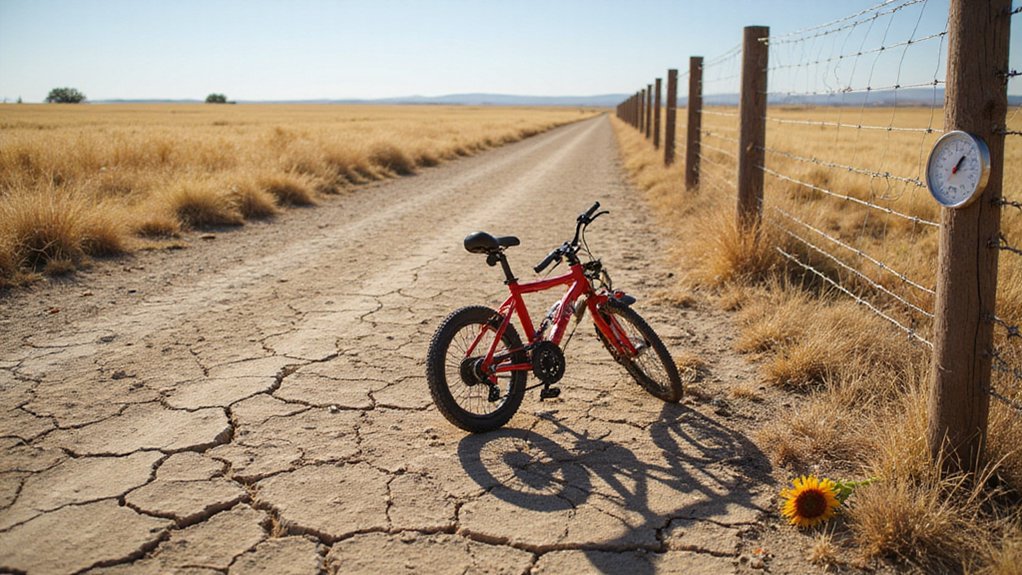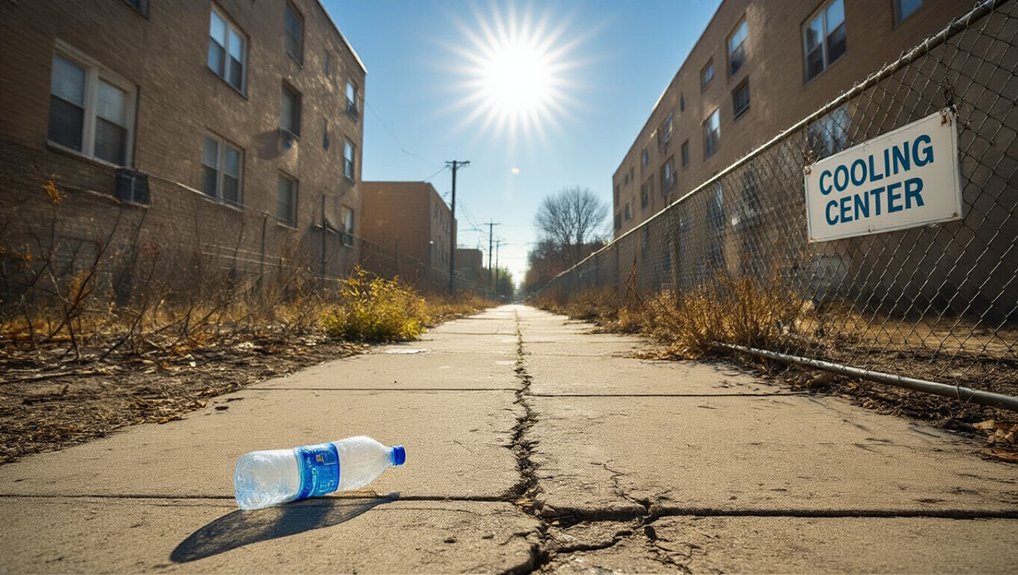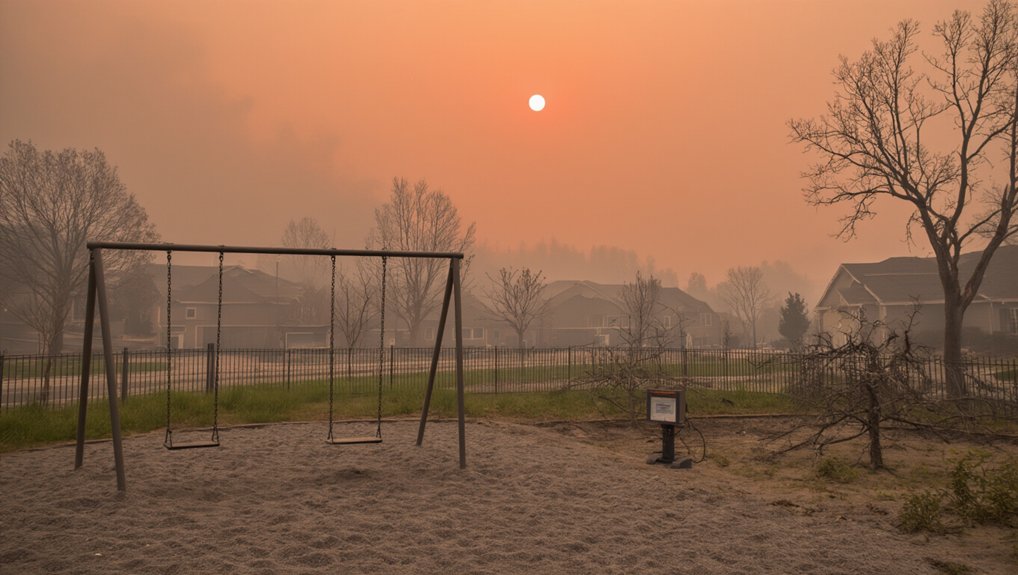The world’s children now face heat that’s seven times deadlier than their parents experienced. Scientists report this alarming trend as global temperatures continue to rise. Kids are especially vulnerable due to their smaller bodies and developing systems. In regions with limited healthcare, the danger grows even more severe. Heat-related illnesses like stroke and respiratory problems are increasing among young populations worldwide. What does this mean for the next generation’s health and future?
Nearly half a million people die from heat-related causes annually, and children face a much higher risk than adults. Research shows infants are 4.4 times more likely to die from extreme heat compared to adults, while young children face nearly twice the risk. This vulnerability stems from children’s smaller bodies, underdeveloped ability to regulate temperature, and higher metabolism that generates more internal heat.
The global impact is severe, with 489,000 heat-related deaths yearly. Asia accounts for 45% of these deaths, while Europe represents 36%. In 2021 alone, about 400 children died from heat across 23 countries in Europe and Central Asia. Countries with poor healthcare systems and infrastructure face the highest child death rates.
Children today face an alarming climate reality. The current generation will experience seven times more deadly heat than previous generations due to rising greenhouse gas emissions. This creates heat levels that exceed what human bodies can tolerate, particularly affecting children in urban areas and low-resource regions.
Heat exposure in children increases cases of heatstroke, dehydration, and kidney problems. It also worsens respiratory illness, heart issues, and mental health. When confined indoors during heat waves, children become less active, which further harms their health. In Europe and Central Asia, extreme heat has resulted in a loss of over 32,000 years of healthy life among children and teenagers. During heatwaves, parents should avoid covering infant strollers with dry fabric as this can create a dangerous greenhouse effect. Similar to air pollution which causes 709,000 child deaths annually, extreme heat creates a public health emergency that requires coordinated international action.
Car-related heatstroke poses another deadly threat. Since 1998, over 1,000 U.S. children have died in hot vehicles, averaging 37 deaths yearly. More than half of these victims are under age 2. Most cases (52.6%) involve caregivers forgetting children, while others result from children accessing cars on their own (23.8%) or being knowingly left behind (21.8%).
The highest risk regions for child heat deaths include South Asia, Southwest Asia, and North Africa, where extreme heat combines with limited ability to adapt. These inequities highlight how climate change disproportionately affects children in poorer countries, creating a scorching legacy that will shape their futures.
References
- https://pmc.ncbi.nlm.nih.gov/articles/PMC11784133/
- https://www.epa.gov/climate-indicators/climate-change-indicators-heat-related-deaths
- https://www.unicef.org/press-releases/rising-heat-across-europe-and-central-asia-kills-nearly-400-children-year
- https://www.who.int/news-room/fact-sheets/detail/climate-change-heat-and-health
- https://www.noheatstroke.org









